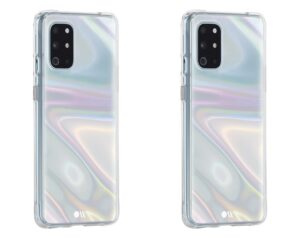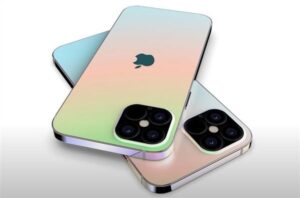Performance comparison – Intel takes on the battle with AMD Ryzen 4000
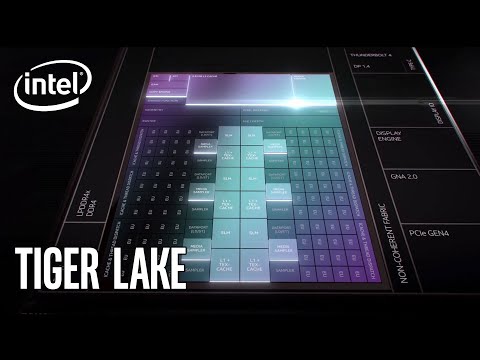
After Intel gave a first glimpse of the technology behind Tiger Lake at Architecture Day 2020, all information about the 11th generation notebook processors, led by the Core i7-1185G7, is now available. Our preliminary benchmarks show that Intel may have caught up with AMD Ryzen. Together with the Xe LP GPU, one can expect excellent performance.
After an overview of the new APU, we started to compare performance. In comprehensive tests, the new processor can show an improvement that can actually be expected compared to Ice Lake. At this point, it should be noted that these benchmark results are determined by our sources using front-facing laptops.
Intel may not like the comparison of Cinebench, but the initial results paint an interesting picture: In Cinebench R15 (CB15), Core i7-1167G7 can achieve a single-core score, which is 24% higher than Ice Lake Core i7. 1065G7 is located. Core i7-1165G7 and Core i5-1135G7 are both 15% and 7% faster than Comet Lake-U Core i7-10710U. When using only one core, Core i7-1165G7 can easily outperform AMD Ryzen 5 4500U and Ryzen 7 4700U, with a performance improvement of 24%.
However, it is not surprising that when all cores are used, the Core i7-10710U will lead by other cores in its CB15-but the advantage is only negligible, and the Comet Lake chip is only about 8% faster than the Core i7-1165G7. , Although the number of cores has doubled, Ryzen 7 4700U leads only by about 3%. Core i5-1135G7 has also made good progress. APU is 22% faster than Core i5-1035G7 and 14% faster than Core i7-1065G7.
There are also exciting results in Cinebench R20 (CB20). Core i7-1165G7 is in the leading position. Its single-core performance is 23% higher than Core i7-10710U and Ryzen 7 4700U, and 26% higher than Core i7-1065G7. Even the performance of Core i5-1135G7 is 10% higher than Ryzen 7 4700U and 19% ahead of Core i5-1035G7.
In the CB20 multi-core test, Core i7-1165G7 only lags behind Ryzen 7 4700U and Core i7-10710U by about 3%, while Ryzen 5 4500U’s performance is 16% lower. Compared with Ice Lake, the lead is particularly big-Core i5-1035G7 can surpass an impressive 65%.
Core i7-1165G7 is about 13% behind Core i7-10710U in 3DMark 11. This is also due to the fact that Tiger Lake chips are only equipped with four cores. Interestingly, Core i7-1165G7 beats Ryzen 7 4700U over Ryzen 7 4700U, and its direct Ice Lake predecessor Core i7-1065G7 has improved performance by 38%. The results of the 3DMark Time Spy CPU and Fire Strike Physics showed a similar trend, with the new chip leading by 59% compared with the previous generation.
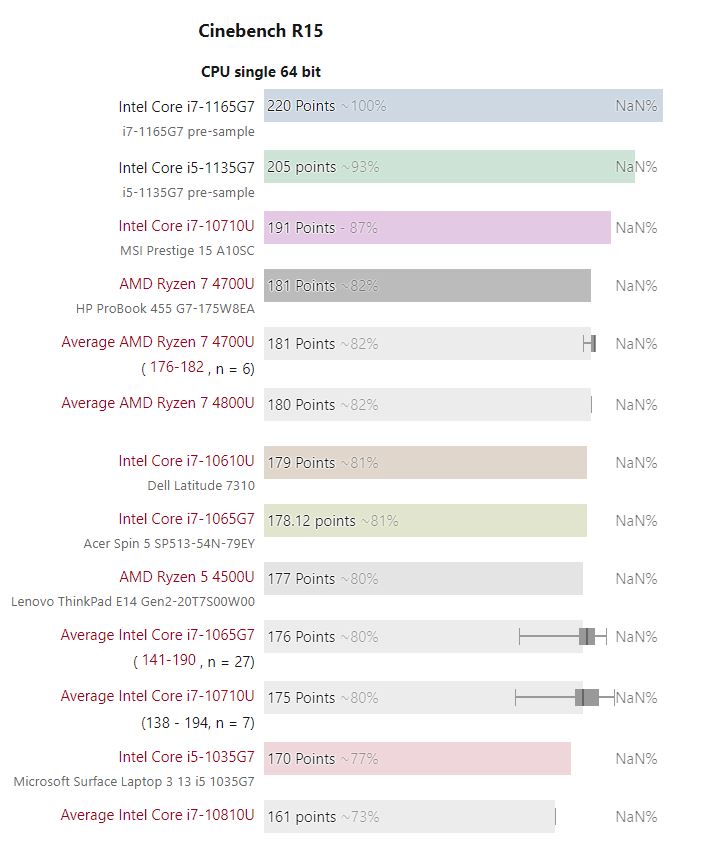
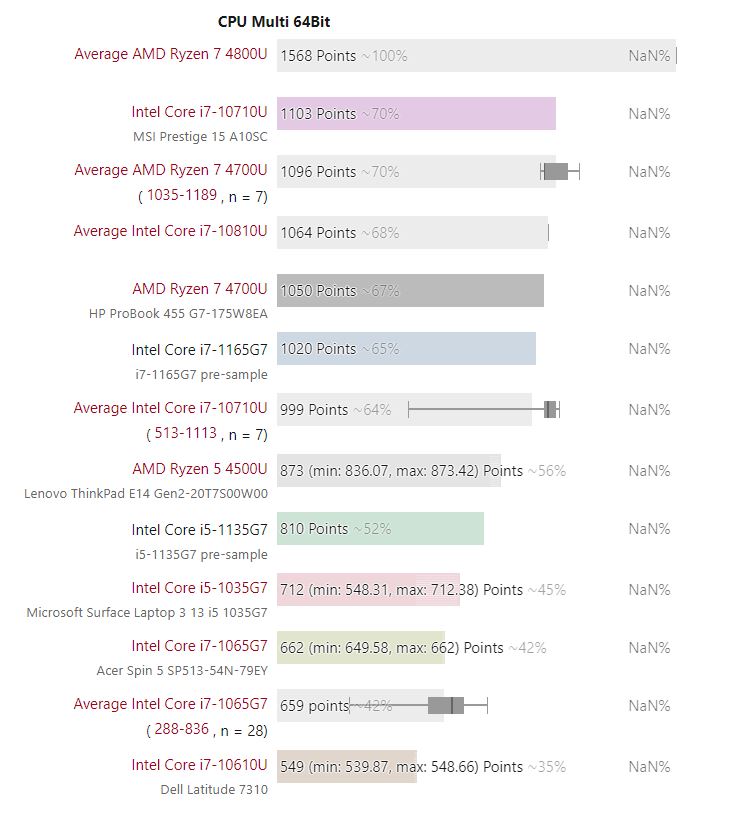
Cinebench R20
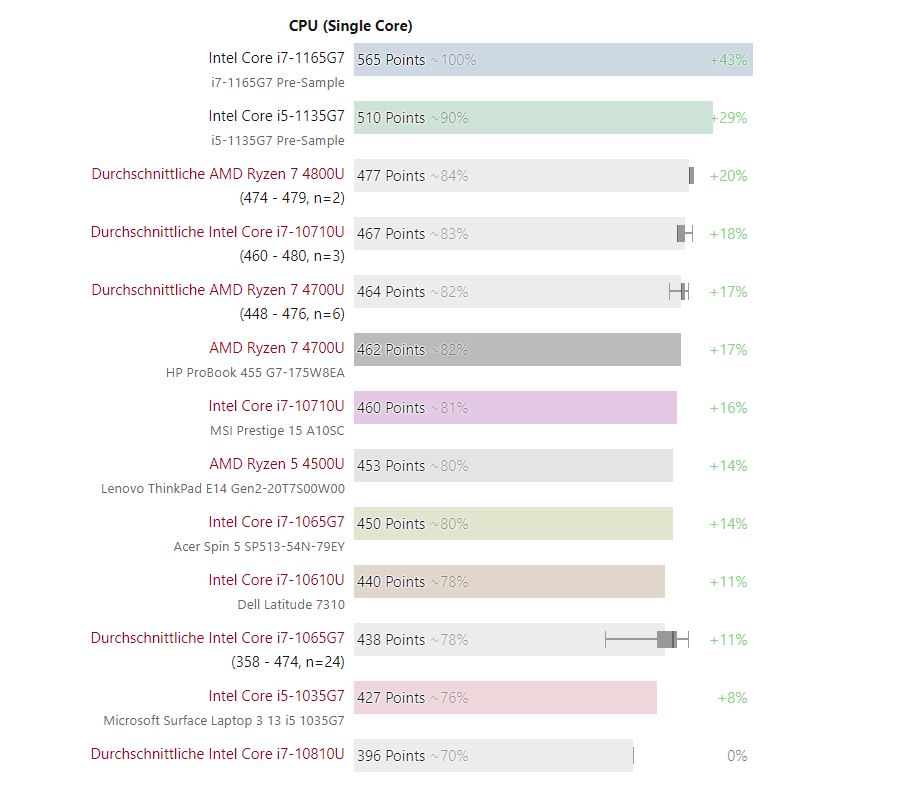
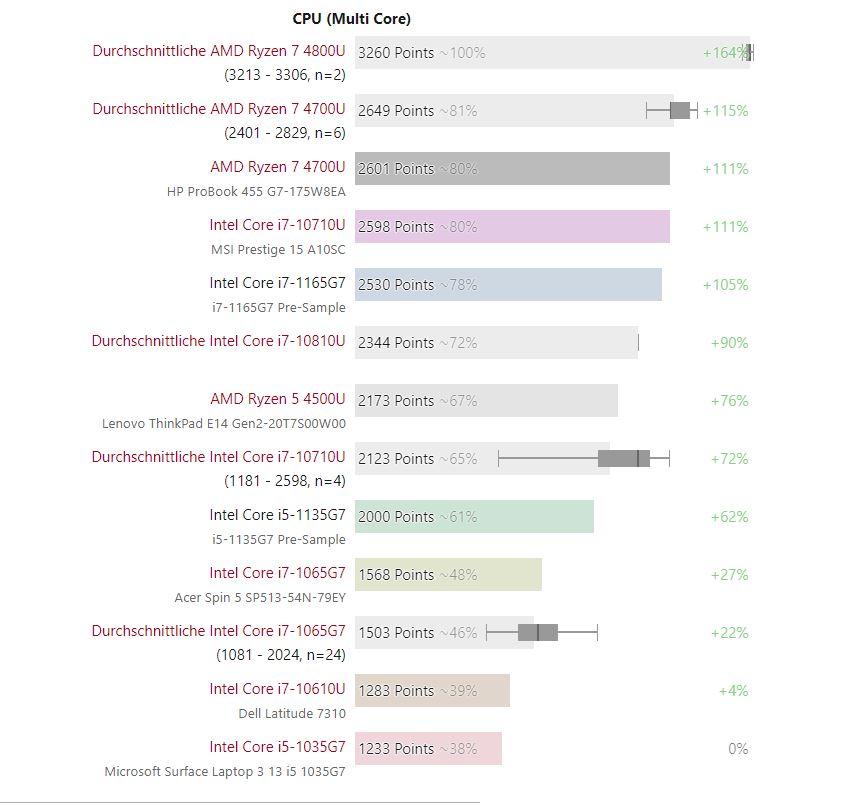
3DMark 11 – 1280×720 Performance Physics
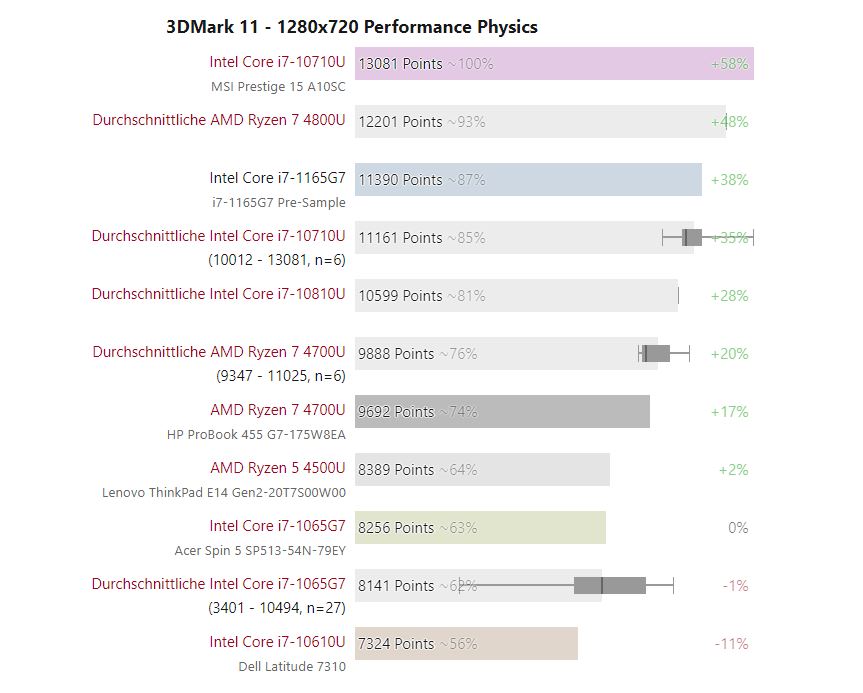
3DMark
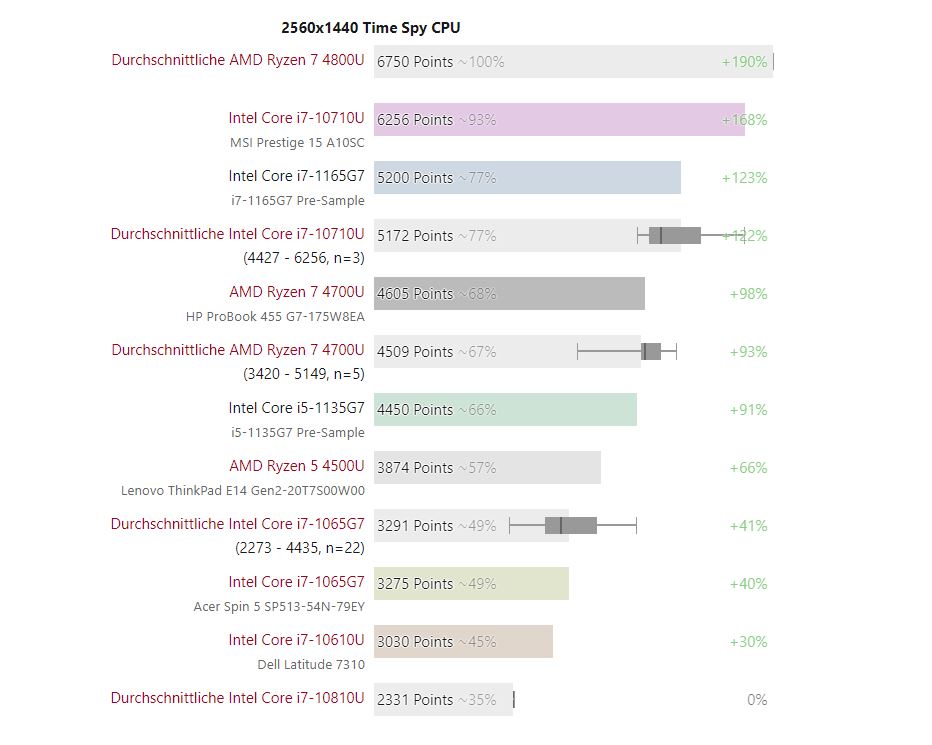
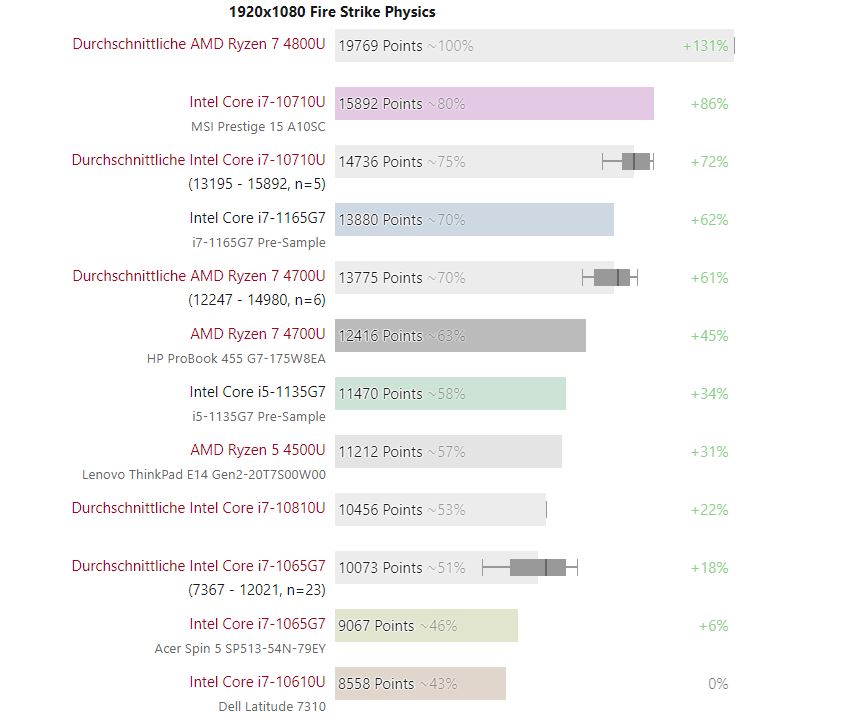
Intel Xe promises triple-A gaming on an iGPU
In addition to the increase in processor performance, Tiger Lake is particularly exciting with the new Gen 12 Xe LP iGPU. On Architecture Day, Intel has provided a lot of information about the technology behind Xe. In addition to iGPU, the company will also provide DG1 graphics cards and Xe Ponte Vecchio suitable for HPC applications in the future.
The Xe graphics chip used by Tiger Lake has a maximum of 96 EUs. Compared with the Iris Plus of Ice Lake, the performance is said to have doubled. Regarding API support, Xe iGPU supports DirectX (DX) 12_1 like its predecessors. The lack of support for DirectX 12_2 or DirectX 12 Ultimate may not be a problem, even for the new iGPU, the requirements for new features may be high.
There are some differences between Tiger Lake UP3 and UP4’s Xe iGPU, which we have classified in the table below:
Tiger Lake Xe LP iGPU Features
| feature | Tiger Lake UP3 | Tiger Lake UP4 |
|---|---|---|
| EUs | Up to 96 | Up to 96 |
| 3D architecture improvements | Yes | Yes |
| eDRAM | No | No |
| OpenGL 4.5, DirectX 12 | Yes | Yes |
| OpenCL 2.2 | Yes | Yes |
| production | 10 nm | 10 nm |
| PCIe configuration for dedicated GPUs | x4 PEG lane | No |
| PCI support | Gen4 PEG Gen3 PCH |
Gen3 |
| Hybrid GPU support | Yes | No |
While the Xe LP iGPU offers up to 96 EUs for both UP3 and UP4 APUs, the UP4 variant is limited to PCIe 3.0, an additional dedicated graphics card cannot be installed. While Ice Lake offers an iGPU with either 8 (64 EUs), 6 (48 EUs), and 4 (32 EUs) slices, Tiger Lake has either 3 (48 EUs) or 6 (96 EUs) slices, while some Chips also have a variant with 80 EUs installed.
Tiger Lake Xe LP media features
| feature | Ice Lake U / Y | Tiger Lake UP3 / UP4 |
|---|---|---|
| Decoding (hardware support) | 4K60 8b 4: 2: 0 AVC / VP8 4K60 10b 4: 4: 4 HEVC / VP9 8K30 10b 4: 2: 0 HEVC / VP9 |
4K60 8b 4: 2: 0 AVC / VP8 5K60 10b 4: 4: 4 HEVC / VP9 / SCC 8K60 12b 4: 2: 0 HEVC / VP9 / SCC 8K30 10b 4: 2: 0 AV1 |
| Encoding (hardware support) | 4K60 8b 4: 2: 0 AVC 4K60 10b 4: 4: 4 HEVC / VP9 8K30 10b 4: 2: 0 HEVC / VP9 |
4K60 8b 4: 2: 0 AVC 4K60 10b 4: 4: 4 HEVC / VP9 / SCC 8K30 10b 4: 2: 0 HEVC / VP9 / SCC |
| Encoding (programmable PAK / VME) | 4K60 8b 4: 2: 0 AVC 4K60 10b 4: 2: 0 HEVC |
4K60 8b 4: 2: 0 AVC 4K60 10b 4: 2: 0 HEVC |
| Post processing | VEBox 10b DN HDR Tone Mapping, BT2020 (constant luminance) | VEBox 12b DN HDR Tone Mapping, BT2020 (constant luminance) |
| Content protection | Playready SL3000, HDCP 2.2 (wired and wireless) | Playready SL3000, HDCP 2.3 (wired and wireless) |
As we have already seen, Intel has expanded the multimedia capabilities of Xe LP. Compared with Ice Lake, the new iGPU can also decode 5K60 10-bit, 8K60 12-bit (4:2:0) and 8K30 10-bit (4:2:0 AVI), including support for HEVC screen content coding (SCC). iGPU can also encode 8K30 10-bit (4:2:0). SCC can achieve better HEVC compression. Xe LP also supports HDCP 2.3 through wired and wireless connections.
Tiger Lake Xe LP display features
| Feature | Ice Lake U / Y | Tiger Lake UP3 / UP4 |
|---|---|---|
| Displays | 3 pipes | 4 pipes |
| Resolutions supported | 4K120 / 5K60 (1 pipe / 1 port) 3x 4K60 HDR (simultaneous) |
4K120 / 5K60 HDR (1 pipe / 1 port) 8K60 (2 pipe / 1port) 4x 4K60 HDR (simultaneous) |
| eDP | eDP 1.4b HBR3, VDSC 1.1, 2-ports, PSR 2 (only on one port), MSO 2×2 | 2x eDP ports, eDP 1.4b HBR3, VDSC 1.1, 2-ports, PSR 2 (only on 1-port), MSO 2×2 |
| HDMI | HDMI 2.0b 10b, HCDP 2.2 | HDMI 2.0b 10b, HCDP 2.3 HDMI 2.1 via DP 1.4 bridge (8K60) |
| DP | DP 1.4 HBR3, VDSC 1.1, HDCP 2.2 | DP 1.4 HBR3, VDSC 1.1, HDCP 2.3 |
| Thunderbolt / USB-C | Integrated Mux USB, Thunderbolt, DPoC (up to 4 ports on ICL-U, 3 ports on ICL-Y) | Integrated Mux USB, Thunderbolt, DPoC (up to 4 ports on UP3, 3 ports on UP4) |
| Variable refresh | Adaptive Sync | Adaptive Sync |
| HDR support | HDR10 hardware support, FP16 Dolby Vision on Dolby Vision certified eDP panels | HDR10 hardware support, FP16 Dolby Vision on Dolby Vision certified eDP panels |
| FB formats | 4: 2: 0/4: 2: 2/4: 4: 4 6b / 8b / 10b / 12b FP16 | 4: 2: 0/4: 2: 2/4: 4: 4 6b / 8b / 10b / 12b FP16, E2E memory compression |
| Visual quality | 5K 7×7 Adaptive linear scalers, 4K LACE DPST, 3DLUT HW on 1 pipe | 5K 7×7 Adaptive linear scalers, 4K LACE DPST, 3DLUT HW on 2 pipes |
In terms of display support, compared with Ice Lake’s Gen 11 iGPU, there is little change, but there are some upgrades. A total of four monitors can be controlled, but not three. You can operate a 4K monitor at 120 frames per second or an 8K screen at 60 Hz at most. Xe iGPU can run four 4K HDR monitors simultaneously at 60 Hz. Since it supports dual eDP 1.4, a laptop with two screens should be easy to implement. By default, only HDMI 2.0b is supported, but HDMI 2.1 of an 8K display can be used via DisplayPort 1.4.
Xe LP Benchmark Results – A huge head start over AMD’s Vega 8
In terms of integrated graphics performance, AMD has been ahead of games for many years. But this may change now. A few months ago, we specifically reported the performance of Xe iGPU, and now we have new data to make more detailed comparisons.
Intel Iris Xe Graphics G7 achieved at least 10% higher results in 3DMark 11 than AMD Radeon RX Vega 8. Compared to the Ice Lake iGPU, the performance has improved by an impressive 50%, which may first be attributed to the extra EU and higher clock frequency. 3DMark Time Spy, Fire Strike and Cloud Gate can also see a lead over AMD Vega 8, and in some cases, it can reach twice the high score of the older Iris Plus Graphics G7.
3DMark 11 – 1280×720 Performance GPU
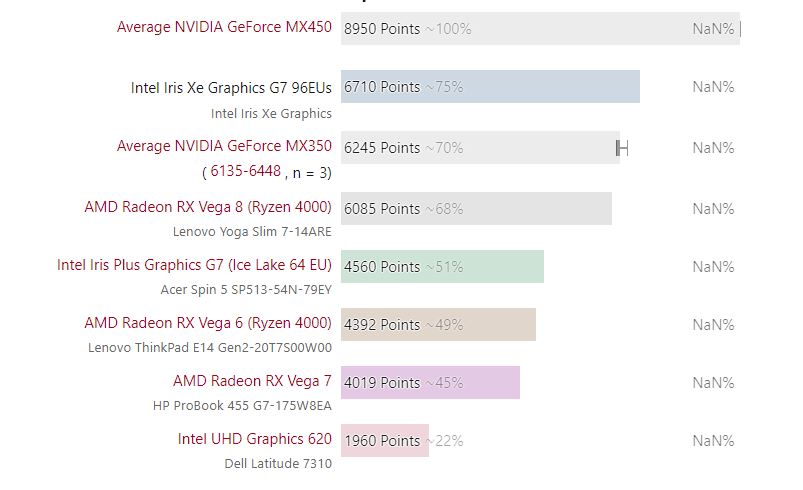
3DMark
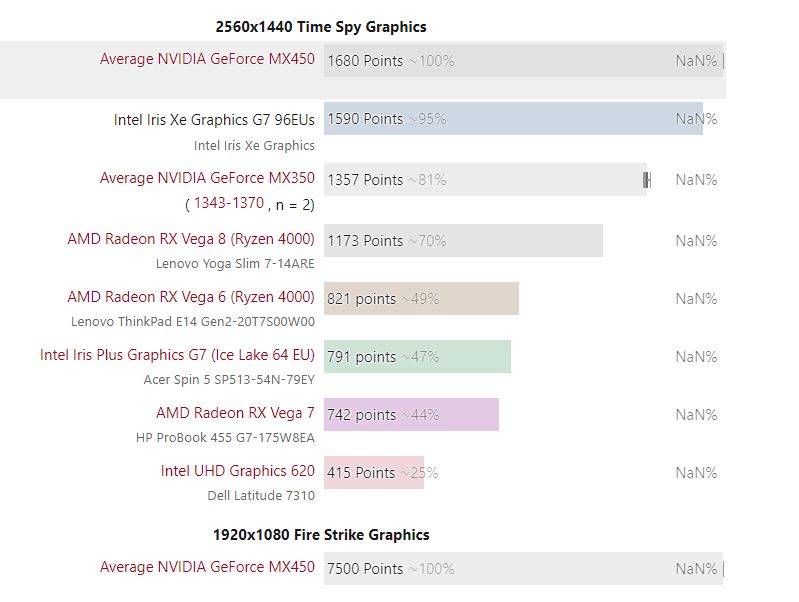
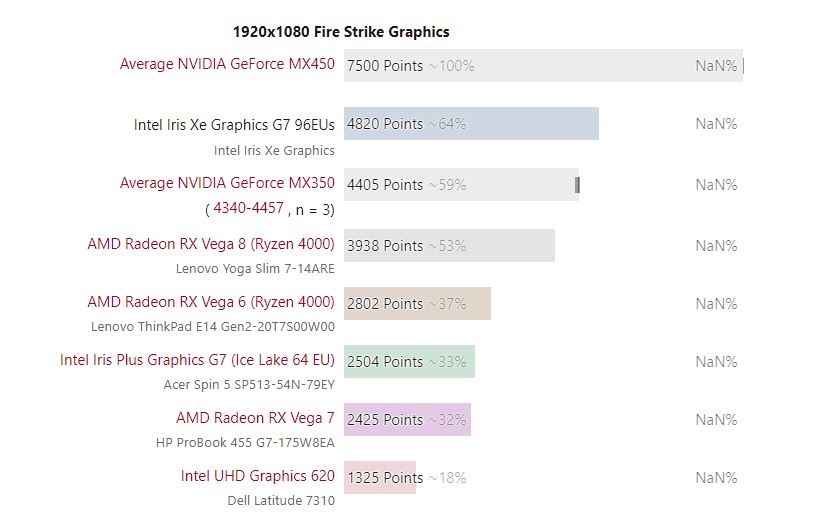
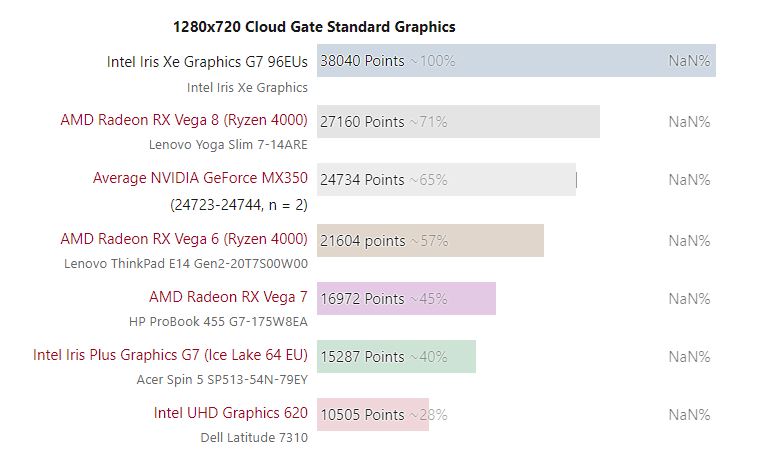
All in all, the specifications and preliminary benchmark results look promising. Intel has apparently been working hard to optimize Tiger Lake’s performance, so the tide could turn in Intel’s favor in the short term. It is very possible that a future H series with a higher TDP can snatch the performance crown in the notebook market, depending on how well AMD’s Zen 3 architecture can do with the new Cezanne APUs.
Intel has indicated that more than 150 different notebooks based on Tiger Lake will be available, from manufacturers including Acer, Asus, Dell, Dynabook, HP, Lenovo, LG, MSI, Razer, and Samsung. Project Athena has been further developed to Intel Evo, this time also factors such as a constant battery life of more than nine hours for laptops with an FHD display, a quick wake-up from standby mode, and fast charging are required.
Also, Read
Intel leak: Tiger Lake CPUs with Xe GPU beat AMD Ryzen laptops
The Sony Xperia 1 II and the Xperia 5 II should receive updates up to Android 13
Samsung Galaxy Fit 2 and Watch 3 Titan presented


